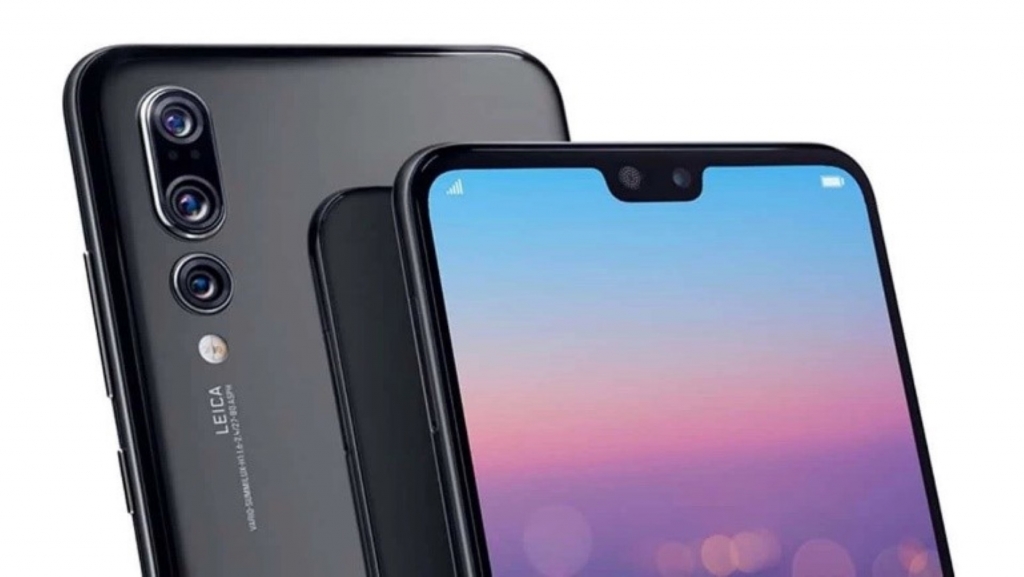
Look Back to Phone Photography Development and Look Forward to the New Era of Mobile Photography
Since the camera was created 170 years ago, people have invented many different ways to capture a photo. Of them, 11 photographic processes mark the evolution of photography. These include traditional chemical processing methods such as Daguerreotype and wet plate processing, as well as modern methods adopted by Polaroid, Leica and handset makers.
Nowadays, smartphones have become the go-to tool for people to capture their daily lives. Mobile photography has seen an explosive growth, and easily enables everyone to be a photographer. However, it’s only been 18 years since the camera phone was invented. This article will walk you through the history of camera phone development and evolution of smartphone photography, and will look into the future of photography.
In 2000, the first phone camera was installed as a product gimmick—but it would have no practical meaning for today’s users since it was only 100K Pixels. No one would have guessed that after four generations of development, mobile photography would become a mainstream function and dual-cameras would be a must-have feature of smartphones. In early 2018, Huawei released the first 40MP Leica Triple Camera smartphone in the world. Today, camera phones have all but replaced digital cameras. People are instinctively taking pictures with smartphones everywhere, from tourist attractions to galleries to concerts.
The first generation (2000 - 2003): Camera phones started to emerge and the selfie was invented
In 2000, the "256-color" display came into being and the first to feature a camera that was 100K Pixels (352x228). Although the camera resolution was low, it had a selfie camera.
The second generation (2004 - 2014): Smartphones come to the forefront
The introduction of smart operating systems made mobile cameras more powerful, and camera resolution also improved down to the Megapixel level. As the hardware advanced, imaging quality improved. Image editing apps such as Beautycam began emerging. From that point on, photo-editing apps became indispensable to smartphone users. Additionally, numerous photo-taking and photo-sharing apps became available to users, enabling them to take and share photos at any time.
The third generation (2015-2017): Due to the rapid advancement of hardware, the dual-camera was leading the development of mobile photography
Photography is an art of light. But since phone size limits the camera size, it is impossible to capture as much light as a professional camera, which means the development of phone cameras stalled. However, in 2016, Huawei worked with Leica and together they launched a disruptive dual-camera smartphone. With two separate sensors, the image quality of Huawei smartphone cameras has been greatly improved.
The fourth generation (2018 - present): Professional cameras become a thing of the past with hardware revolution
The HUAWEI P20 Pro was released in 2018. With its powerful AI capabilities, the Leica Triple Camera and super telephoto zoom, the P20 Pro beats its competitors and brings revolutionary changes to mobile photography, enabling users to take high-quality professional photos.
Huawei NEXT-IMAGE Awards: exploration into future photography
Nowadays, smartphones have become the go-to tool that people use to capture their daily lives. Mobile photography is changing our visual experience and dominates the way we see; it also profoundly changes people’s thinking and interpretations about things. As a leader, Huawei is committed to providing the best smartphone photography experience.
Every year, Huawei holds the global Next-Image Awards. The Awards are a social contest that is broken down into six categories. In 2017, there were over 150,000 submissions to the Awards. Huawei has always been committed to constantly improving the optical performance and image quality of mobile cameras.
Huawei will lead the new era of mobile photography with constant investment in R&D
In the past few years, Huawei has made breakthroughs in the smartphone market as a result of its large investment in R&D. At Asia CES 2018 in Shanghai, Kevin Ho, President of Huawei’s Handsets Product Line, shared his thoughts and insights on “The Future of Mobile Photography”. He mentioned that, "In preparation for the future, Huawei has invested nearly 400 billion RMB in R&D over the past decade, placing us sixth globally in terms of R&D expenditure in 2017. We are committed to developing new imaging technologies."
Today, Huawei is exploring the future of mobile photography through cameras, AI, processors, networks, virtualization and interactive technologies. From the disruptive Dual Camera and Leica color modes to the Leica Triple Camera and AI photography as well as AIS for night shots, Huawei’s advances in smartphone photography are leading the industry.

























